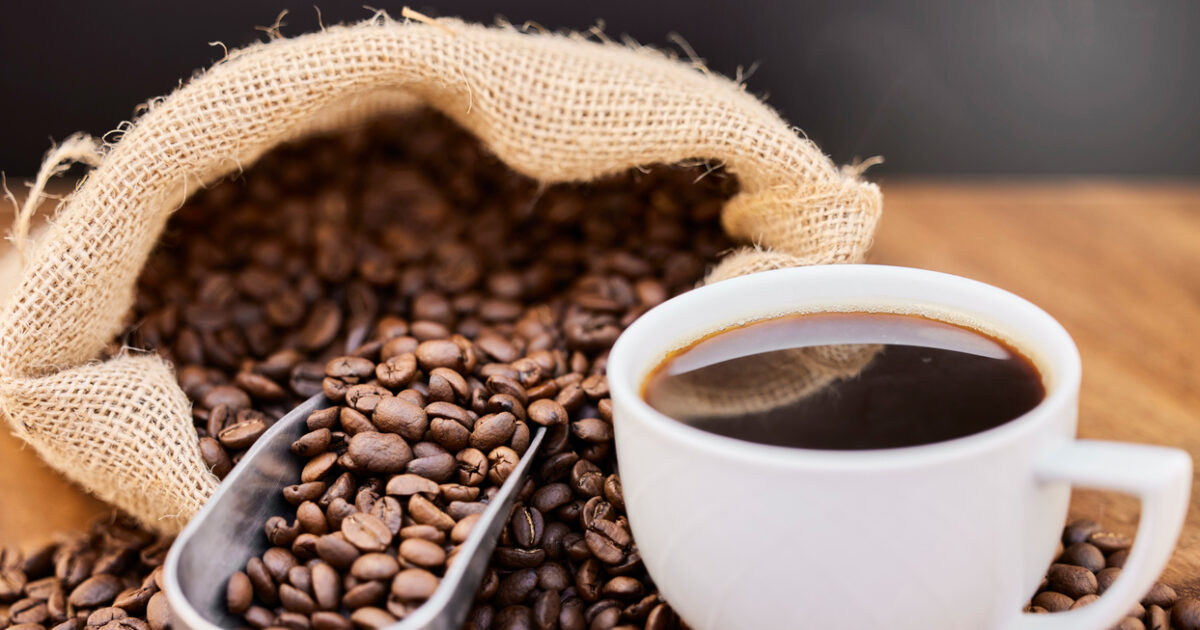The rally-record for the prices of coffee shows no signs of slowing, analysts say, while some warn it could take years for one of the world’s most traded commodities to recover.
As CNBC reports, prices on Arabica coffee futures for March delivery hit a new intraday high of 348.35 cents a pound on Tuesday (12/13/2024), marking the highest level in nearly 50 years. The contract has pared some of its gains since then, but remains up 70% year-to-date.
The last time the price of Arabica beans, the world’s most popular variety, traded this high was in 1977, when snow destroyed large areas of Brazil’s plantations.
Known for their smooth taste and sweet aroma, arabica beans make up 60% to 70% of the global coffee market. They are commonly used in espresso and other barista-made coffees.
Drought and high temperatures, along with global reliance on supplies from relatively few regions, are seen as the main factors behind the recent rise in prices.
Robusta coffee futures, meanwhile, also climbed to a new record high in late November. Robusta beans are known for their strong and bitter taste and are commonly used in instant blends.
The rally in coffee prices, which is considered the second most traded commodity after crude oil, comes amid concerns about the 2025 crop in Brazil, by far the world’s largest producer.
“The country experienced its worst drought in 70 years during August and September, followed by heavy rains in October, raising fears that the crop’s flowering could fail,” said Ole Hansen, head of commodity strategy at Denmark’s Saxo Bank, in a research note published on Tuesday.
For some, Brazil’s poor growing weather means it could take a long time for coffee prices to recover.
“History suggests that coffee prices will only ease when supply improves and stocks are replenished,” David Oxley, chief climate and commodity economist at Capital Economics, said in a research note published on Nov. 29.
“The bottom line is that this is a process that can take years, not months,” Oxley said.
Coffee is “particularly vulnerable” to bad weather conditions
A staple beverage for billions of people around the world, demand for coffee has been boosted in recent years by growing consumption in China. Production, however, is struggling to keep up.
“Like cocoa, coffee is grown in a relatively narrow tropical zone, with key producers in Brazil, Vietnam, Colombia and Ethiopia,” Saxo Bank’s Hansen said.
“This concentration makes it particularly vulnerable to adverse weather conditions, particularly in Brazil and Vietnam, which together account for about 56% of global production,” he added.
